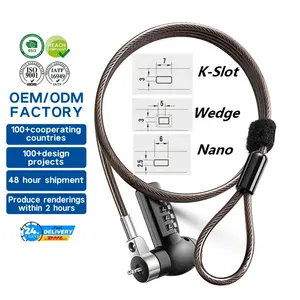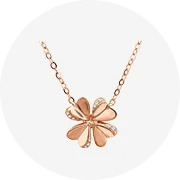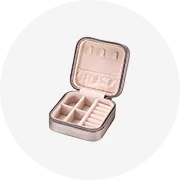About products and suppliers
Alibaba.com cung cấp các sản phẩm 216 khóa anbo. Có rất nhiều khóa anbo lựa chọn dành cho bạn, chẳng hạn như đen, bạc, và đồng. Bạn cũng có thể chọn từ kẽm hợp kim, kẽm, và thép không gỉ khóa anbo. Cũng như từ cửa khóa, cửa gỗ khóa anbo.Và bất kể khóa anbo là căn hộ.










